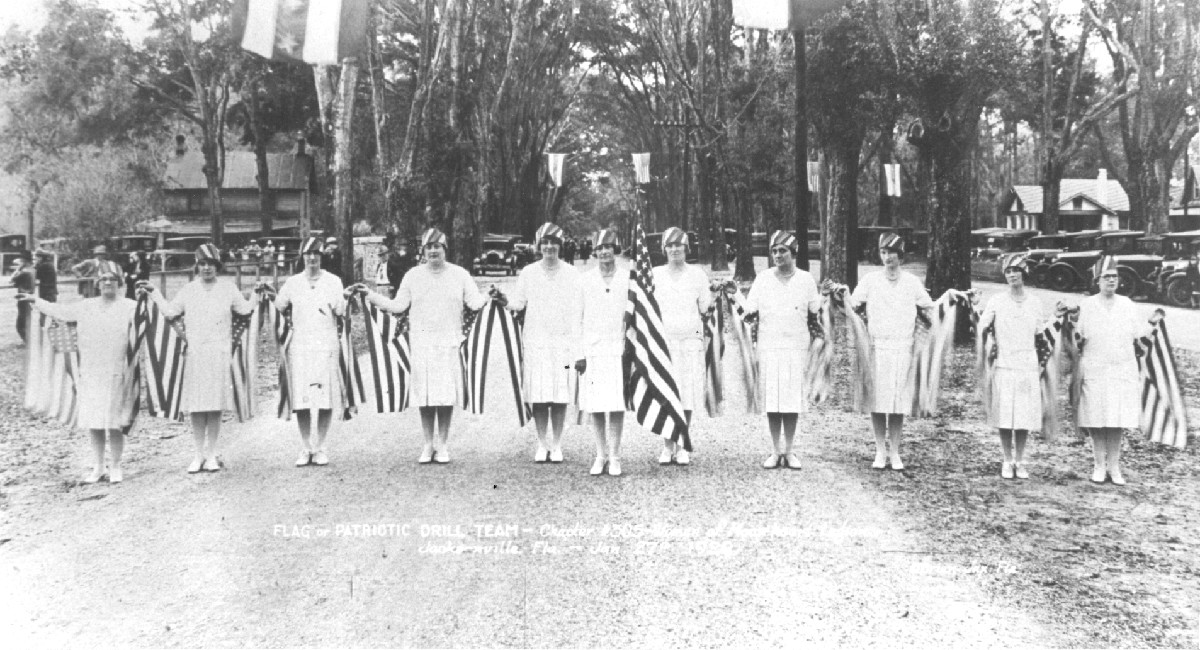Town celebrates the arrival of electricity
It officially all started back in November of 1922.
Moosehaven presented a proposal to the commissioners of Orange Park to pay one third of the $150 per month to be guaranteed by the town to the …
This item is available in full to subscribers.
Attention subscribers
To continue reading, you will need to either log in to your subscriber account, or purchase a new subscription.
If you are a current print subscriber, you can set up a free website account and connect your subscription to it by clicking here.
If you are a digital subscriber with an active, online-only subscription then you already have an account here. Just reset your password if you've not yet logged in to your account on this new site.
Otherwise, click here to view your options for subscribing.
Please log in to continueDon't have an ID?Print subscribersIf you're a print subscriber, but do not yet have an online account, click here to create one. Non-subscribersClick here to see your options for subscribing. Single day passYou also have the option of purchasing 24 hours of access, for $1.00. Click here to purchase a single day pass. |
Town celebrates the arrival of electricity
It officially all started back in November of 1922.
Moosehaven presented a proposal to the commissioners of Orange Park to pay one third of the $150 per month to be guaranteed by the town to the city of Jacksonville’s electric company. In exchange, the company would install main lines erected and ready for connection at residences or stores and maintain thereafter. They accepted the proposal.
No mention can be found in official town records although electricity coming to town was probably part of every conversation residents shared. And it’s pretty well certain that most everyone wanted electricity but not necessarily did they agree on the details.
Wisely, it was decided to call a special meeting at the town hall to discuss “complaints and grievances.” Most were concerned about the location and placement of the substation and the poles. By the time everyone was talked out and satisfied it was almost daylight.
The substation would be at the foot of Valesca Street near the Duval County line. (Valesca seems to have been lost in the construction of the Buckman Bridge.) Poles were located on the west side of River Boulevard to avoid losing them into the river from the bank washing out as it frequently did.
When it was announced in October 1924, that the Kingsley Avenue, giant oaks in the center were to be removed and replaced with light poles a second airing of complaints and grievances was required. It was decided to place the poles six feet north of the center of the middle row of trees. But the commissioners caved when Jacksonville Electric Company agreed to pay for tree removal.
On January 7, 1924, it was time for another special meeting, this time to plan the celebration. Enthusiasm was high. Seems like, everyone in town volunteered themselves and someone else for a job. The whole town was proud and determined to be sure everyone south of Waycross, Georgia knew it. As it turned out, guests arrived from Illinois and almost every state in the Union because that weekend coincided with a Loyal Order of Moose Regents gathering at Moosehaven. Come the big day, on February 28, 1924, Orange Park’s population swelled from almost 700 to a little over 2,000.
The speakers were impressive and included the father of state representative Arthur M. Milam of Jacksonville, who was represented by Frank Owen commissioner of public utilities and the chairman of Duval County board of commissioners, R.H. Carswell. The Green Cove board of trade was represented by Rev. G.R. Wilson. Rounding out the movers and shakers were U.S. Secretary of Labor E.J. Hennings and Rodney H. Brandon supreme secretary of the Loyal Order of Moose.
The parade included bands, Boy Scouts and Camp Fire Girls and a special marching routine by a Loyal Order of Moose women’s drill team.
An impressive oyster roast was served at 5 p.m. Then, as the light was leaving the western sky, Anna Marson, 85-years-old and the longest resident of Orange Park, threw the switch in the community hall and officially lit the town's street lights down Plainfield Avenue.
Dancing ensued into the wee hours provided with music by a popular Jacksonville orchestra, The Aggravators. At 1 a.m., they began playing Home Sweet Home to exhausted dancers and children sleeping on quilts and coats in the corners.
All in all, a good time was had by all. But, evidently another airing of grievances was required because the center row of oaks remained intact.








